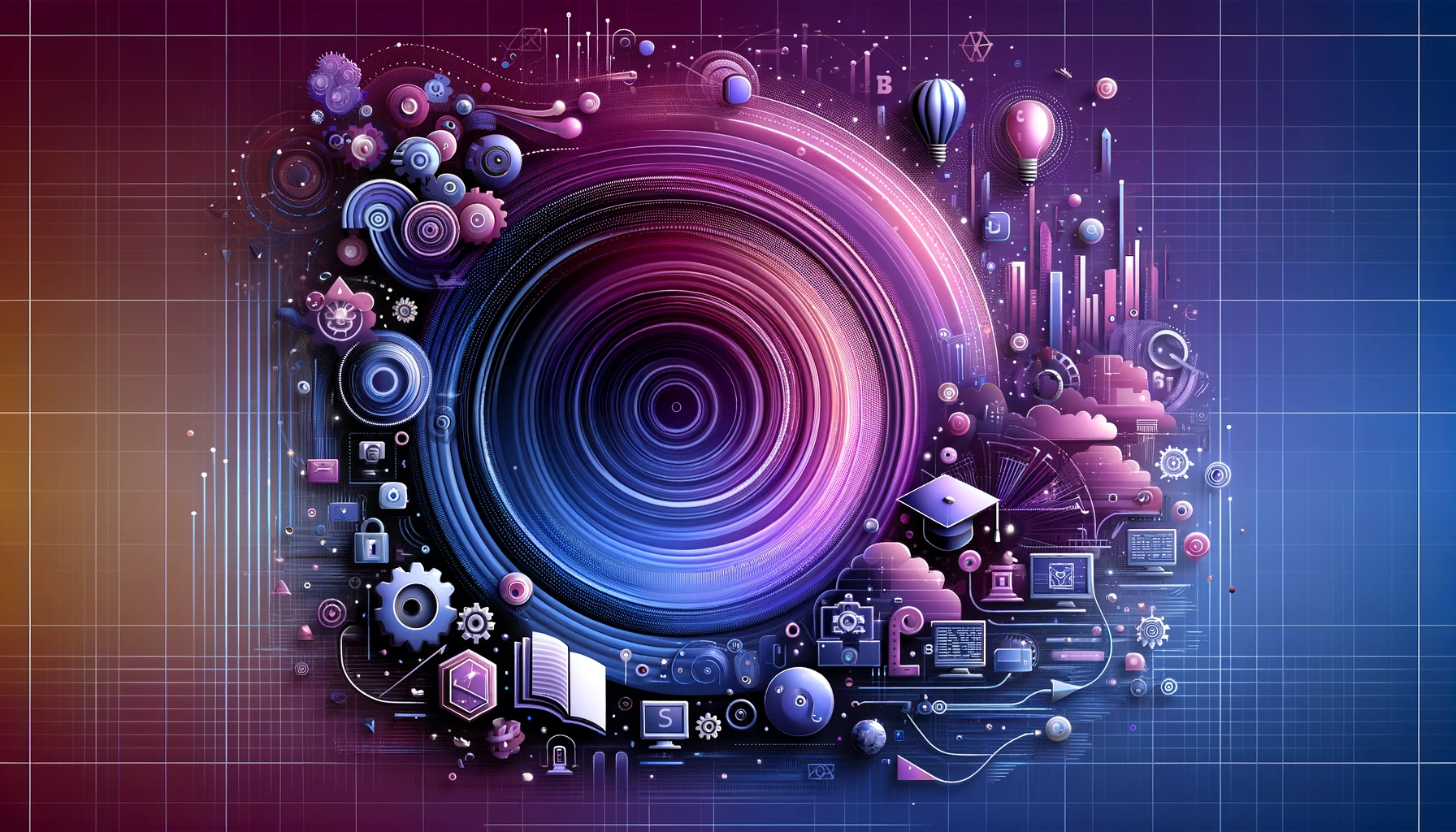3D Engines and Synthetic Visual Data in Virtual Education: Realistic Learning Experiences
Virtual education has rapidly become a growing trend in the field of education today. Virtual education, a combination of innovation and technology, transforms the learning experience using powerful tools such as 3D engines and synthetic visual data. In this article, we will examine how 3D engines and synthetic visual data are used in virtual education and explore the advantages of these technologies. We will also provide examples of how 3D engines and synthetic visual data are combined to create realistic learning experiences.
3D Engines in Virtual Education: 3D engines are powerful tools used in virtual education. These engines enable control over visual effects such as creating realistic 3D graphics, animating objects, and creating interactive learning environments. Through 3D engines, students can participate in impressive and interactive experiences in virtual environments. Teachers can present learning materials in an engaging way, enabling students to achieve a deeper understanding.
Advantages of Synthetic Visual Data: Synthetic visual data is an important component that enhances the realism and interactivity of virtual education. This data is created using computer graphics and simulation techniques to mimic the real world with high accuracy. The advantages of virtual education environments created with synthetic visual data include:
Ease of Access: Virtual education created with synthetic visual data is independent of geographical or physical constraints. Students can access education from any location, expanding educational opportunities and providing equal access to everyone.
Safe and Controlled Environments: Synthetic visual data used in virtual education allows the simulation of risky or dangerous situations. For example, medical students can experience surgical procedures virtually and learn from mistakes in a risk-free environment. Similarly, in military training, synthetic visual data simulates the war environment, providing realistic training experiences to soldiers.
Learning Motivation: Interactive educational environments created with synthetic visual data capture students' interest and increase their motivation. Interactive learning materials supported by visual and auditory effects enable students to learn more effectively and understand concepts more easily.
Realistic Learning Experiences with 3D Engines and Synthetic Visual Data: When combined, 3D engines and synthetic visual data create realistic learning experiences. Here are some examples:
Medical Education: Medical students can practice surgical procedures using 3D modeling and simulations created with synthetic visual data. This allows them to develop essential skills before gaining experience on real patients.
Engineering Education: Engineering students can use 3D engines and synthetic visual data to understand the workings of complex machinery and test their designs through simulations. This reduces the need for costly prototypes and provides students with practical opportunities in real-world scenarios.
Pilot Training: Aspiring pilots can experience real flight through flight simulators that utilize synthetic visual data and 3D engines. These simulations mimic different weather conditions and emergency scenarios, helping pilots enhance their skills.
3D engines and synthetic visual data play a crucial role in providing realistic and engaging learning experiences in virtual education. These technologies enable students to achieve a deeper understanding, increase their motivation, and experience risky situations in a safe manner. It is expected that the use of 3D engines and synthetic visual data will become more widespread in the future, allowing for more effective and personalized learning experiences.

